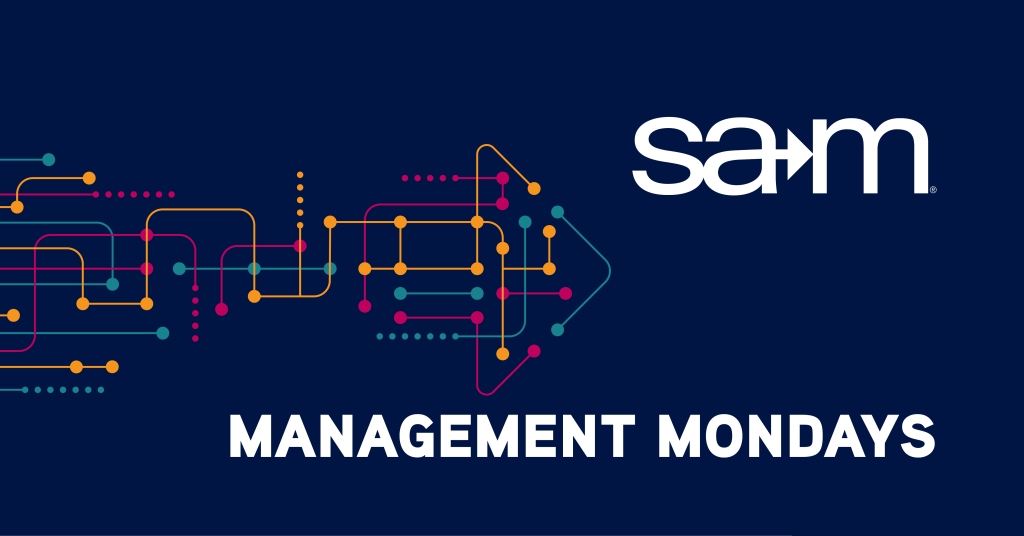
Promotions are coveted milestones in professional journeys, offering more than just financial benefits they serve as platforms to display enhanced skill sets, embrace diverse challenges, and achieve professional fulfilment. A promotion is more than a vertical progression; it’s an exploration into broader responsibilities and a pursuit of passion.
While ambition and dedication are pivotal, securing a promotion can be intricate, necessitating proactive strategies. Here’s a meticulous approach to navigate promotion discussions with tact and professionalism:
Clarifying Position Expectations

Before envisaging a promotion, a deep, introspective analysis of one’s career path and role aspirations is pivotal. It goes beyond a mere wish list—it’s about aligning personal ambitions with organizational needs. This stage involves a rigorous evaluation of your skills, proficiency levels, and the impact you wish to make. It necessitates defining the nature of interactions, tasks, and your contribution to organizational growth.
Start with a meticulous assessment of your skills and align them with your career goals. Identify the specific responsibilities and tasks you aspire to undertake. Draw parallels between your past successful endeavors, especially those involving higher responsibilities, and the expectations of the intended role. Be prepared to showcase instances of exceptional work that reflect the competencies required for the next step in your professional journey.
Understanding Promotion Dynamics

Understanding the organizational mechanisms behind promotions is essential. This involves discerning the intricacies of organizational structures, decision-making processes, and criteria for elevations. It’s crucial to understand that every organization has unique promotion norms, which may involve different stakeholders, and learning these dynamics is vital to navigate the trajectory successfully.
Initiate conversations with your immediate superiors to understand the nuances of promotion criteria and the individuals involved in the decision-making process. Maintain a solution-oriented and inquisitive stance in these dialogues, focusing on gathering insights and identifying the skills and competencies prioritized by the organization. Internalize the gleaned information to formulate your approach to fulfilling and exceeding the identified criteria.
Conducting In-depth Research

Conducting detailed research on the desired role is indispensable to gauge the compatibility between the role’s requirements and your capabilities. It is about synthesizing information from multiple sources to construct a holistic view of the role, its challenges, its daily nuances, and the skills it demands. This research enables you to articulate a compelling narrative of your suitability and readiness for the role.
Collate information from organizational role descriptions, talk to current or past holders of the role, and delve into industry benchmarks. Utilize this information to conduct a gap analysis between the role’s requirements and your current competencies. Identify areas needing improvement or enhancement and proactively seek opportunities, be it through training or experiential learning, to bridge these gaps before presenting your case.
Crafting a Strategic Plan with Superiors

Developing a coherent and convincing promotion proposal necessitates strategic thinking and a collaborative approach. It’s about illustrating your value proposition convincingly, elucidating how your elevation aligns with organizational goals. This strategy is not about self-promotion; it’s about mutual growth, value addition, and comprehensive development.
Create a detailed and well-articulated proposal that encompasses your accomplishments, learned skills, and instances where you’ve demonstrated capabilities aligning with the intended role’s responsibilities. Your approach should underscore your commitment to the organization’s success and your willingness to undertake any developmental initiatives to ensure a smooth transition. Engage your superiors in a dialogue that is constructive, collaborative, and forward-looking, focusing on mutual benefits.
Optimizing Timing

The timing of initiating promotion discussions is critically instrumental in determining the outcome. It involves discerning the organizational pulse, understanding the contextual backdrop, and choosing moments that are conducive to such discussions. Optimal timing can significantly enhance the receptivity and responsiveness to your proposal, making it a crucial element in the promotion quest.
Monitor organizational dynamics and identify moments where your contributions are recognized and valued, such as after a positive performance review or successful project completion. Leverage these moments to initiate discussions regarding your career progression. Be attuned to your superior’s feedback and responses during these times, ensuring your approach is contextually aligned and appropriately timed, maximizing the potential for a favorable outcome.

In conclusion, by adopting an integrated approach, encompassing clarity of role expectations, in-depth understanding of promotion dynamics, comprehensive research, strategic planning, and optimal timing, professionals can significantly enhance their prospects for career advancement. This method ensures a synergy between individual aspirations and organizational objectives, fostering an environment conducive to mutual growth and sustained development.
Are you looking to add tools to your management toolkit? Learn to managing difficult conversations like Promotions with a management course by SAM. Our Certifications and Training courses programs are a great low cost, high impact way to add to your personal management toolkit and maximize your knowledge. Click here to connect with your Communication training course. If you are a SAM Member, take advantage of our 20% off discount by getting your discount code in the Member Portal.

Written By,
Patrick Endicott
Patrick is the Executive Director of the Society for Advancement of Management, is driven by a deep commitment to innovation and sustainable business practices. With a rich background spanning over a decade in management, publications, and association leadership, Patrick has achieved notable success in launching and overseeing multiple organizations, earning acclaim for his forward-thinking guidance. Beyond his role in shaping the future of management, Patrick indulges his passion for theme parks and all things Star Wars in his downtime.
